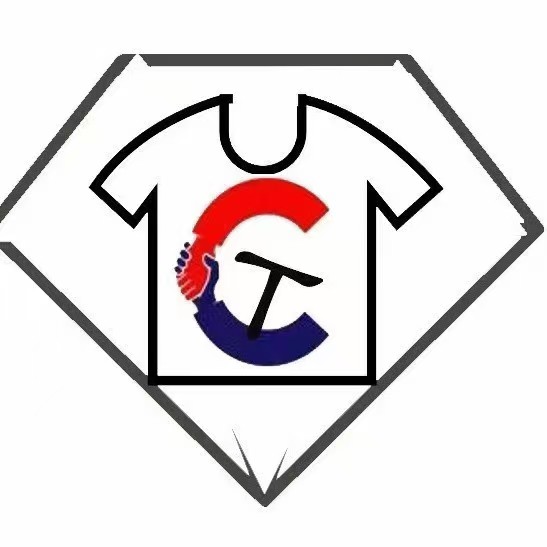Garment factories are the backbone of the fashion industry, responsible for producing the clothes we wear every day. While many of us are familiar with the end product – the stylish clothing that lines the racks of our favorite stores – few of us have a true understanding of the intricate production processes that take place behind the scenes.
Inside the world of garment factories, there is a whirlwind of activity as skilled workers transform raw materials into finished clothing. From cutting and sewing to finishing and quality control, each step of the production process is essential to creating high-quality garments that meet the demands of the fashion industry.
The first step in the production process is the cutting of fabric. Large rolls of fabric are laid out on cutting tables, where patterns are laid out and carefully cut by skilled workers using specialized cutting machines. Precision is key in this step, as any errors in cutting can result in wasted material and delays in production.
Once the fabric pieces are cut, they are passed on to the sewing department. Here, skilled seamstresses and tailors work diligently to assemble the garment pieces together, following detailed instructions and using specialized sewing machines. Each garment goes through multiple stages of sewing, from attaching sleeves and collars to adding zippers and buttons, until the final product is complete.
After the garment is sewn together, it goes through a series of finishing processes to give it a polished look. This includes ironing, pressing, and steaming to remove any wrinkles and give the garment a smooth and professional finish. Quality control checks are also conducted at this stage to ensure that the garment meets the standards set by the fashion brand.
Throughout the production process, garment factories must also adhere to strict ethical and environmental standards. This includes ensuring fair wages and working conditions for all workers, as well as implementing sustainable practices to reduce waste and minimize the environmental impact of production.
In recent years, there has been a growing demand for transparency in the fashion industry, with consumers becoming more conscious of the social and environmental implications of their clothing choices. As a result, many garment factories are now opening their doors to the public, offering behind-the-scenes tours and sharing information about their production processes in an effort to build trust and accountability with consumers.
Overall, the world of garment factories is a complex and fast-paced environment, where skilled workers come together to create the clothes we wear every day. By gaining a better understanding of the production processes that take place behind the scenes, we can appreciate the craftsmanship and dedication that goes into making our favorite garments, and make more informed choices about the clothing we buy.
